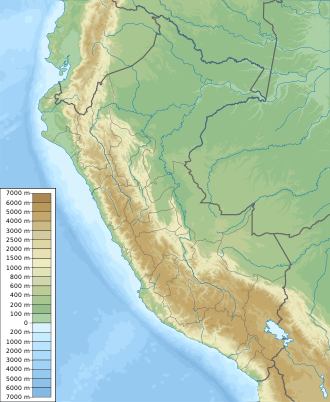Fauna
The Paracas National Reserve houses a great biological diversity, especially in the marine-coastal part. It is estimated that there are about 216 species of birds, 36 of mammals, 10 of reptiles, 168 of fish and a large number of invertebrates that are an initial part of the trophic chain of this important place.
Mammals found in the reserve include: the sei whale, South American fur seal, dusky dolphin, marine otter, sperm whale, humpback whale, South American sea lion, killer whale, common bottlenose dolphin and southern right whale. [2] [4]
Birds found in the reserve include: the Andean condor, Chilean flamingo, spotted sandpiper, oasis hummingbird, Peruvian pelican, Inca tern, black skimmer, Humboldt penguin, guanay cormorant, Peruvian thick-knee, Andean swift and Peruvian diving petrel. [7] [4] The reserve has been designated an Important Bird Area (IBA) by BirdLife International because it supports significant populations of several bird species. [11]
Molluscs found in the area include: Argopecten purpuratus , Concholepas concholepas , Thais chocolata , Fissurella maxima , Glaucus atlanticus , Choromytilus chorus and Aulacomya atra . [4]
Fish found in the reserve include: Peruvian hake, flathead grey mullet, skipjack tuna, blue flyingfish, humpback smooth-hound, copper shark, Peruvian anchoveta, eastern Pacific bonito, Peruvian eagle ray, fine flounder, blue shark, corvina and bigeye tuna. [4]







